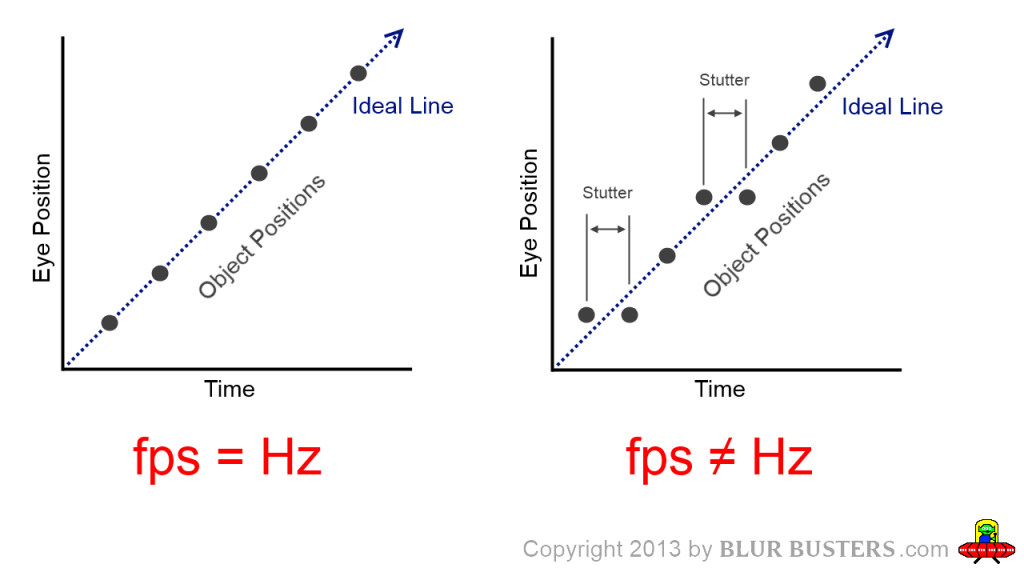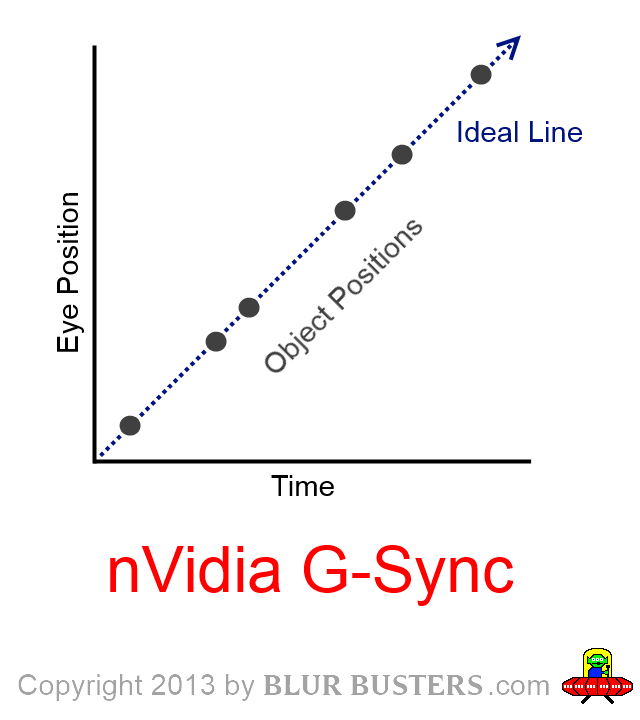What AndyBNV said:The demonstrations at the Montreal event showed this off as well. It's difficult to tell whether this will outperform "Lightboost" in eliminating motion blur, but it is similar to it.
"We have a superior, low-persistence mode that should outperform that unofficial implementation, and importantly, it will be available on every G-SYNC monitor. Details will be available at a later date."
The implementation in question is a hack to activate Lightboost without being in the stereoscopic 3D mode for which it was originally intended. So all he's said so far is that you can now officially activate Lightboost at will, not that you can activate it and GSync at the same time. I'm not even sure if the part about it "being available on every GSync monitor" is correct, as that would mean every upcoming GSync display must be a Lightboost display (be equipped with a strobing backlight), including the 1440p and 4k displays that aren't going to have TN-style refresh rates.
Carmack tweet referenced here says Lightboost and GSync are mutually exclusive at this time:
http://www.blurbusters.com/confirme...es-a-strobe-backlight-upgrade/comment-page-1/
I certainly hope Nvidia is figuring out how to extend the use of backlight strobing (Lightboost) to lower refresh rates than 100Hz, but from what I understand about the tech, it just isn't going to do much good at 30Hz. It might do some good at 60Hz or 75Hz, though, and I'd love to see what can be accomplished with a strobing backlight on a 1440p IPS display.



